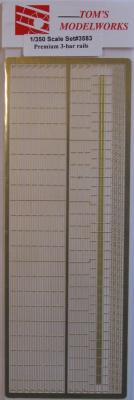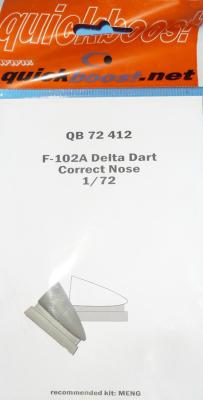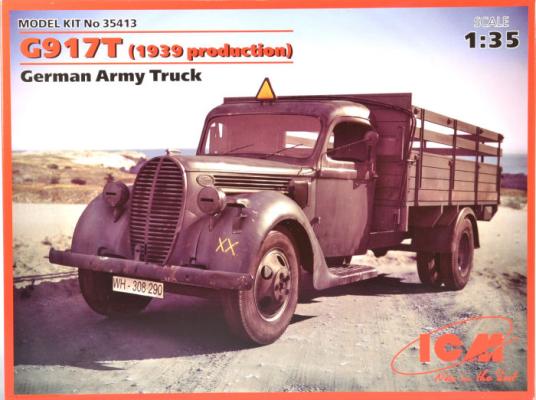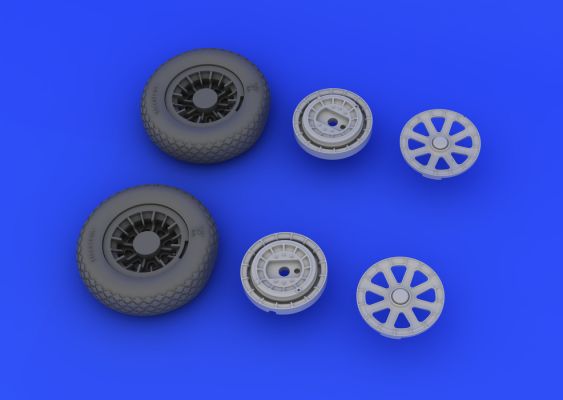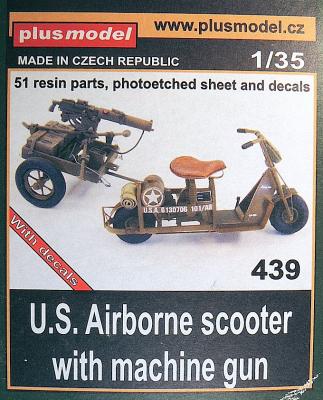Many, many thanks to Mr. Richard Harden of Tom’s Modelworks for providing this beautiful ship model enhancement set for review. I am also deeply appreciative of the IPMS Reviewer staff who tirelessly support a very large group of reviewers. I am delighted to report on my experience with this neat product.
Welcome to the IPMS/USA Reviews site!
Introduction: The primary organization of the IPMS/USA Review website is by IPMS/USA National Contest Class. Within each Class there are sub-menus by kits, decals, books, etc. The Miscellaneous Class is for items that are not class specific or that cross two or more classes.
IPMS/USA Members: We encourage you to submit reviews, both here and to the Journal. To volunteer for membership in the IPMS/USA "Reviewers Corps" and submit your own reviews, please read the Guidelines For Submitting Product Reviews.
Manufacturers, publishers, and other industry members: IPMS/USA is pleased to offer your company the opportunity for product reviews. All product reviews are performed by IPMS/USA members, and are posted in the publicly-accessible section of our website. With very few exceptions, we perform full build reviews of new kit releases, aftermarket products, and supplies. If you would care to provide product samples for review, please contact John Noack, IPMS/USA 1st VP.
To learn more about IPMS/USA, please see our About Us page.
Quickboost has added the correct nose for the F-102A to their line of resin aircraft accessories. This latest addition is molded in a gray resin, it’s smooth, seamless and bubble free. One thing of note is that the package says that it is for the Delta Dart, but it should read for the Delta Dagger.
Comparing the Quickboost parts to the Meng parts is a little hard to see. Once I took a photo I could really see the difference. The kit part looks narrower to the Quickboost part and closer to photos that I looked at. Replacing the nose is actually an easy process because Meng molded their nose as a separate piece. Just remove the Quickboost nose from the mold block and use CA glue to put it into place.
I very highly recommend this product if you want a nice and detailed F-102A. I would like to thank Quickboost and IPMS USA for the chance to do this review.
History
The main part of the German Wehrmacht autopark during WWII formed 3t cargo trucks. One of the most numerous was the model G917T, which was produced since 1939 in German Ford plants in Cologne. This truck was equipped with a V8 engine and had rear drive only. G917T trucks were widely used in all German arms of service in all theatres up to the end of the war. Roughly 25,000 were produced in German plants from 1939 to 1941.
One of the latest releases from Eduard in their still relatively new Brassin line are a pair of wheels meant to replace the kit provided ones in the Tamiya 1/32 scale F4U-1 Corsair. Consisting of six resin parts and a set of masks to aid in airbrushing the wheels and tires, the set can be used to dress up the appearance of the Tamiya kit, especially for modelers that do not like using rubber tires on their kits.
Background
U.S. Air Force Fact Sheet
Cushman Airborne Scooter - In the late stages of the war in Europe, Allied paratroopers used scooters like this one to maintain contact between units, increase their mobility and haul small loads. The Cushman Motor Works designed the Model 53 Airborne Scooter to be airdropped by parachute or carried by glider, and it had a hitch to pull a model M3A4 general-purpose utility cart. By adding certain equipment, the cart could be converted to carry a .30-cal. or .50-cal. machine gun or an 81mm mortar, though the scooter often could not pull a heavy load. Cushman made nearly 5,000 airborne scooters for the military beginning in 1944. The rugged, simple Model 53 could travel through a foot of water, climb a 25 percent grade and had a range of about 100 miles.











